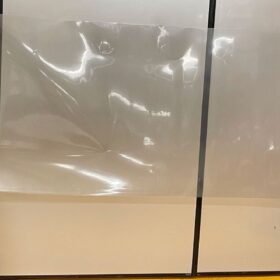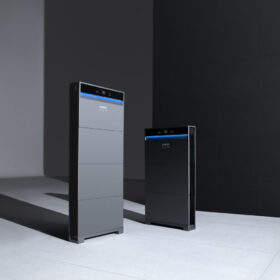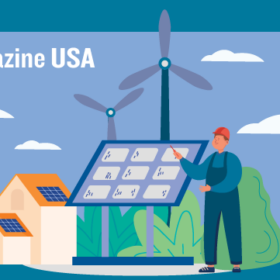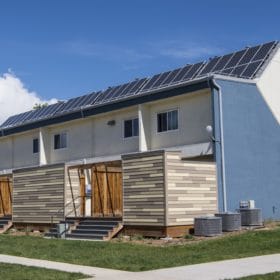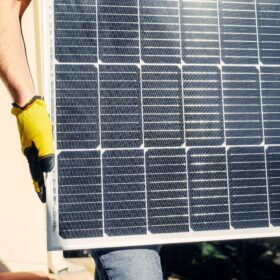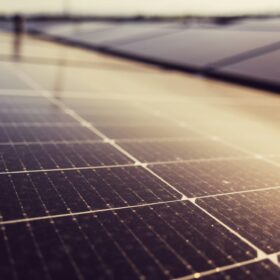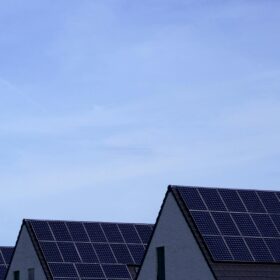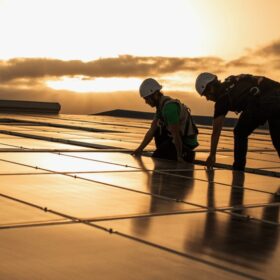Solar panel cleaning with electromagnetic waves
Three companies, including Massachusetts startup Sol Clarity, are experimenting with electrodynamic screen systems to clean solar panels using minimal electricity and no water.
Anker launches new all-in-one home storage solution
Anker has developed a new all-in-one home storage solution with up to 30 kWh of capacity, available in single-phase and three-phase configurations.
Sunrise brief: World’s first anode-free sodium solid-state battery
Also on the rise: Indiana’s largest solar power plant about to come online.
People on the move: SolarEdge, SEIA, Mitsubishi Power Americas, and more
Job moves in solar, storage, cleantech, utilities and energy transition finance.
REIT completes commercial-scale solar tax credit transfer
Solar developer Black Bear Energy said the real estate investment trust’s (REIT) transaction on the 556 kW portfolio is proof of concept that demand exists for credits of this size and risk profile.
World’s first anode-free sodium solid-state battery
Researchers at the Laboratory for Energy Storage and Conversion have created a new sodium battery architecture with stable cycling for several hundred cycles, which could serve as a future direction to enable low-cost, high-energy-density and fast-charging batteries.
Sunrise brief: Tariffs may stall the growth of the U.S. solar industry
Also on the rise: Toledo Solar goes out of business. Hydrogen power plants feasible but inefficient. And more.
Louisiana allows firms to buy 500 more MW of renewable power
Louisiana’s large electricity customers will be allowed to purchase up to 500 MW of renewable power through a new type of agreement with renewable project owners.
Solar tariffs could “unintentionally cede U.S. leadership in the solar industry”
A report from Clean Energy Associates (CEA) and the American Council on Renewable Energy shows how antidumping and countervailing duty (AD/CVD) tariffs create cost issues not just for imported solar panels, but for U.S.-made solar panels as well.
Transfer switch for home solar power integration
Nature’s Generator now offers a 50-amp, 12-circuit switch to manually power up selected circuits from backup system.
